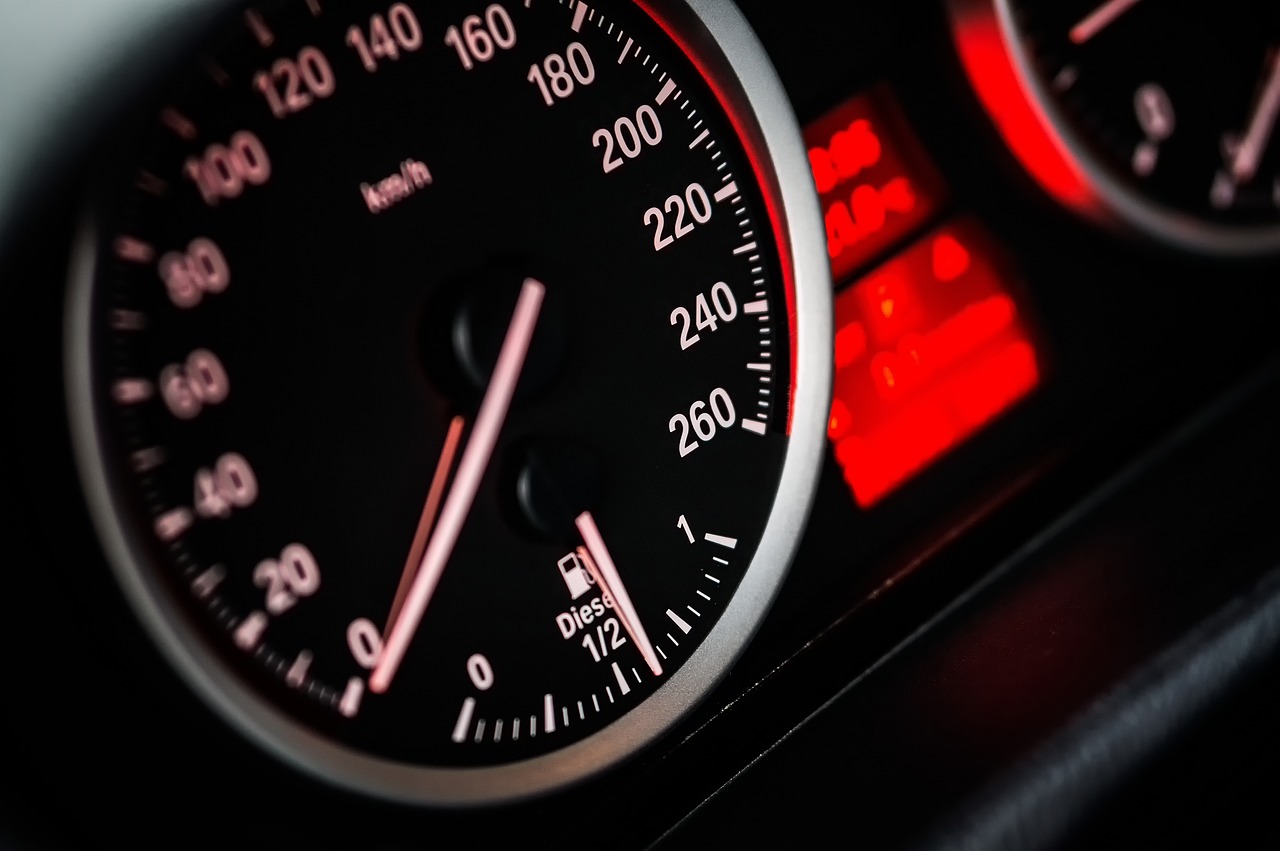Fuel efficiency is a key concern for many drivers, as saving fuel not only reduces costs but also helps protect the environment. Implementing fuel-saving techniques can extend the life of your vehicle and reduce your carbon footprint. Here are some effective strategies to improve fuel efficiency when driving.
1. Maintain Your Vehicle
Regular vehicle maintenance is crucial for fuel efficiency. Keeping your engine properly tuned, changing oil on schedule, and ensuring your tires are inflated to the correct pressure can significantly improve fuel economy. A well-maintained car runs more efficiently and uses less fuel.
2. Drive Smoothly
Avoid aggressive driving habits such as rapid acceleration, hard braking, and high-speed driving. Smooth and steady driving helps maintain consistent fuel consumption and reduces wear and tear on your vehicle.
3. Reduce Excess Weight
Carrying unnecessary weight can lower your vehicle’s fuel efficiency. Remove heavy items from your trunk and avoid roof racks when not in use. A lighter vehicle requires less fuel to operate.
4. Use Cruise Control on Highways
When driving on highways, using cruise control can help maintain a steady speed, reducing fuel consumption. Frequent speed fluctuations can lead to increased fuel usage.
5. Avoid Idling
Idling wastes fuel and emits unnecessary pollutants. If you are stopped for an extended period, such as waiting for someone, turn off your engine to save fuel.
6. Plan Your Trips Wisely
Combining errands into one trip and avoiding peak traffic times can reduce the amount of fuel used. Planning efficient routes and carpooling with others can also help conserve fuel.
7. Use Air Conditioning Wisely
Air conditioning can put an extra load on the engine, increasing fuel consumption. Use it sparingly, and when possible, roll down windows for ventilation at lower speeds. At higher speeds, using air conditioning is more efficient than driving with open windows.
8. Drive at Optimal Speeds
Driving at moderate speeds improves fuel efficiency. Most vehicles perform best between 45-65 mph (70-105 km/h). Driving faster than this range increases wind resistance and fuel consumption.
9. Keep Windows Closed at High Speeds
Open windows create drag, which can reduce fuel efficiency, especially at highway speeds. If ventilation is needed, use the vehicle’s fan or air vents instead of opening windows.
10. Choose the Right Fuel
Using the recommended grade of fuel for your vehicle ensures optimal performance and efficiency. Premium fuel is unnecessary for most vehicles and can be an added expense without any performance benefits.
By following these fuel-saving tips, you can reduce your fuel expenses and contribute to a greener environment. Implementing these strategies not only benefits your wallet but also ensures a smoother and more sustainable driving experience.

